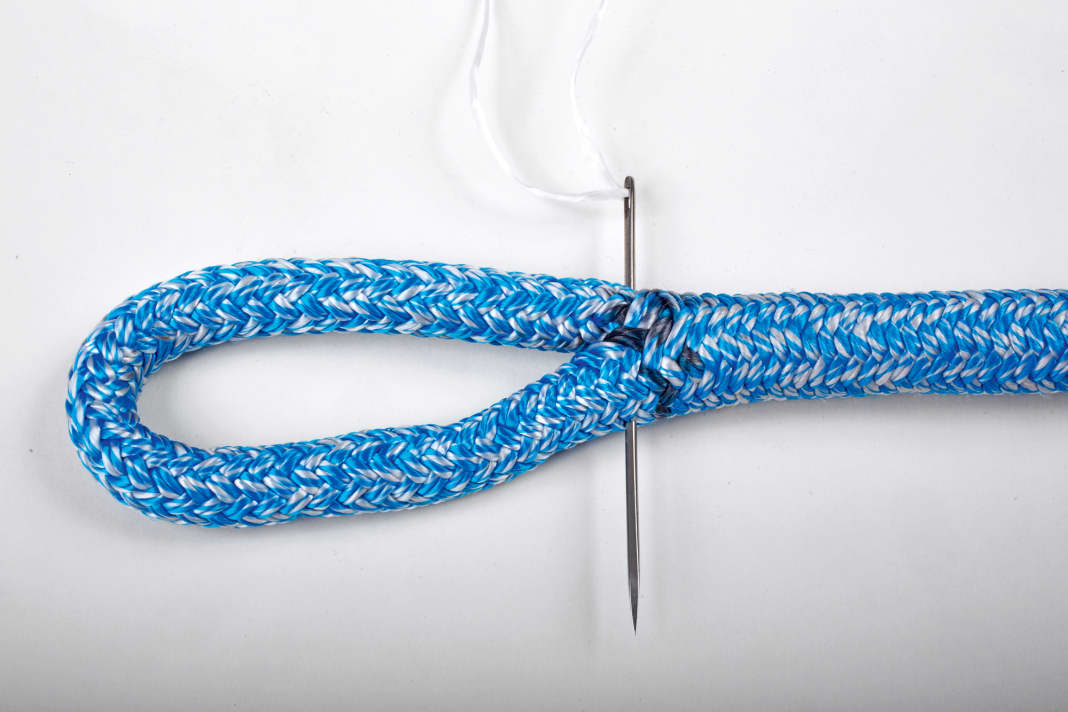
It is the rule on regatta yachts: ropes that are precisely adapted to their intended use. Not only the choice of material and diameter play a role here, but also the workmanship. Depending on the skill of the rigger, this results in very elegant and functional halyards, sheets and spreaders that would even look good on cruising yachts and performance cruisers. Nevertheless, these boats are dominated by knotted, standardised reel material. You don't have to be a professional rigger to splice the braids with Dyneema cores that are common today.
These instructions for making an eye in braided cordage explain the basics. We also show the tricks of the rigging pros in great detail.
The rope used is 10 millimetre thick DSK 78 Club Poly from Maffioli, which is suitable as a high-quality halyard or sheet for touring boats. The splice shown can be used for all core-sheath braids with Dyneema core without intermediate sheath. Depending on the manufacturer and cordage construction, the length allowances for shortening the sheathing may vary, so if in doubt you should estimate more than 13 centimetres. Excess braid is milked away at the end of the fall.
Making an eye step by step
Open the coat
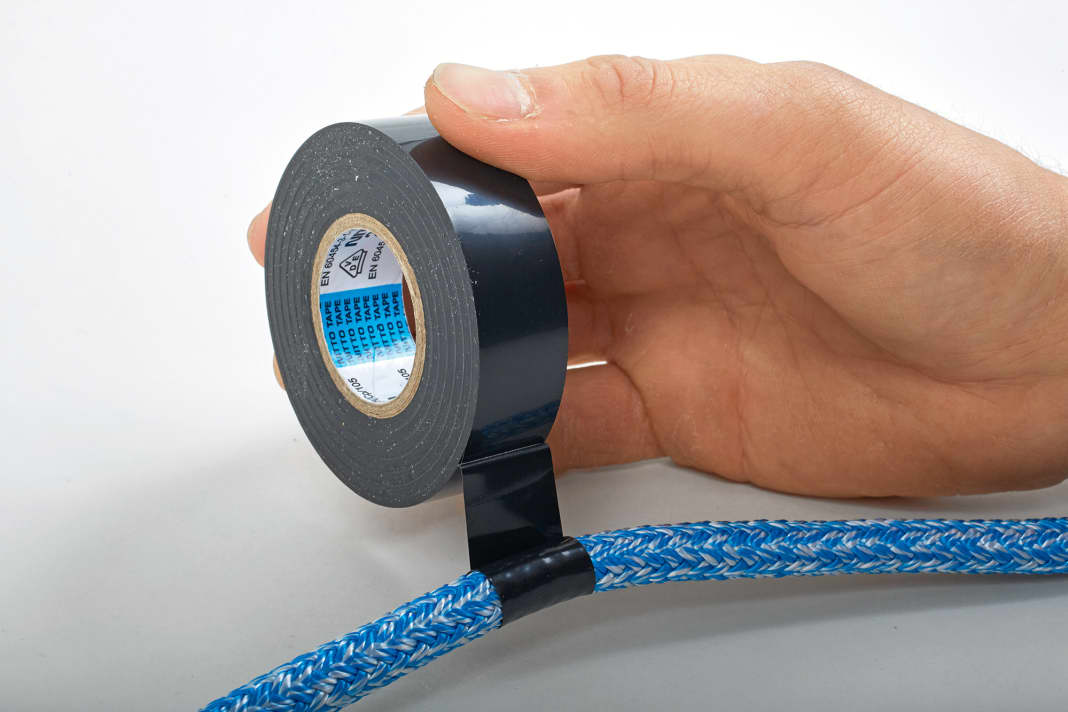





Rejuvenate the coat
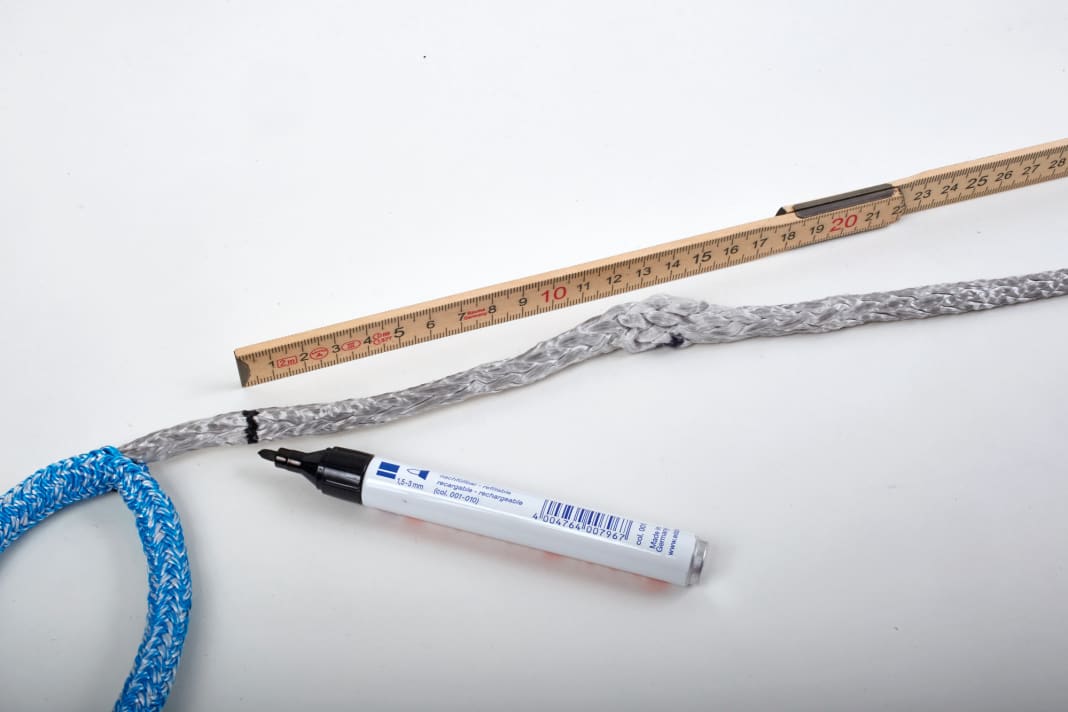





Fixing the transition
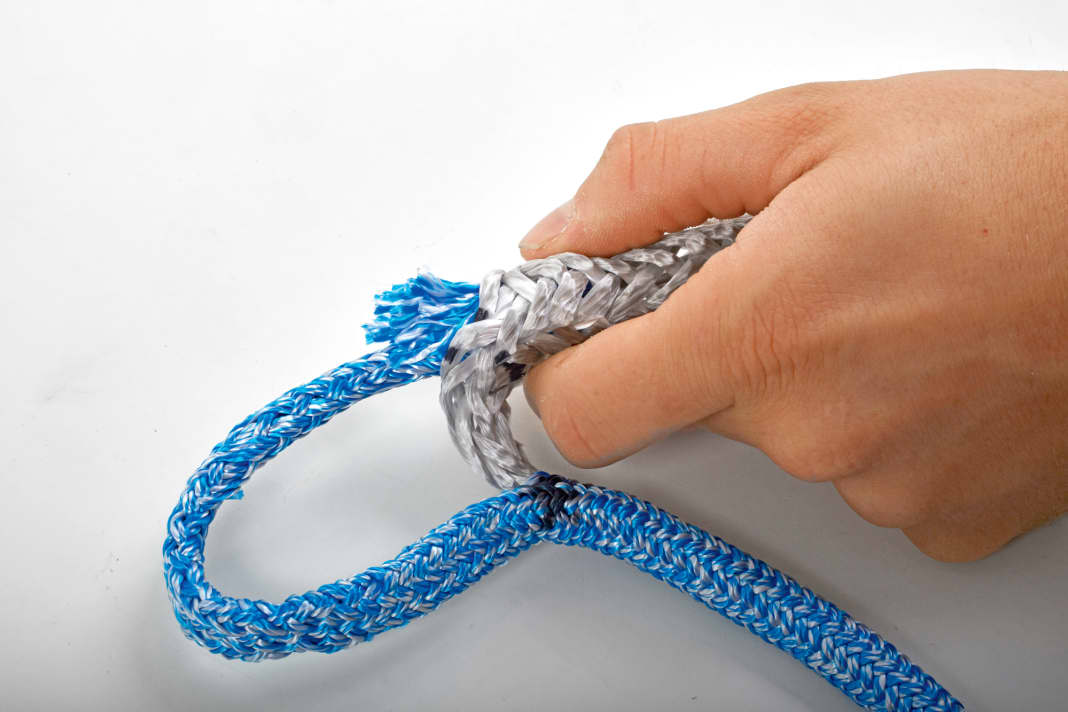





Forming the eye
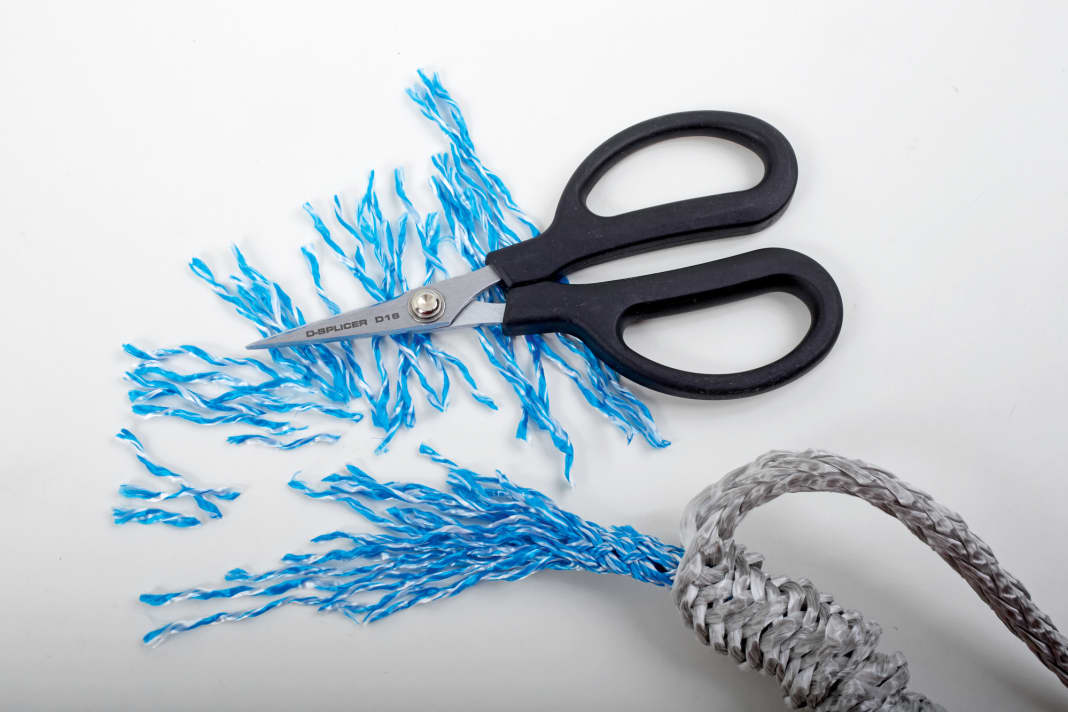





Secure the eye
